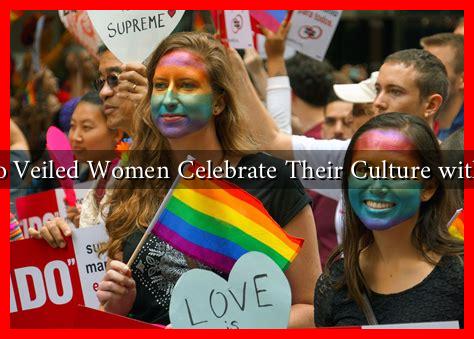-
Table of Contents
How Do Veiled Women Celebrate Their Culture with Pride?
In a world that often misinterprets the significance of veiling, many women who choose to wear the hijab or other forms of veils find ways to celebrate their culture and identity with pride. This article explores the various ways in which veiled women express their cultural heritage, the significance of their attire, and the empowerment that comes from embracing their identity.
The Significance of Veiling
Veiling is not merely a fashion statement; it is deeply rooted in cultural, religious, and personal significance. For many women, wearing a veil is a symbol of faith, modesty, and identity. The hijab, for instance, is often associated with Islamic teachings, but its interpretation varies widely across different cultures and communities.
- Religious Significance: For many Muslim women, the hijab is a religious obligation that signifies their commitment to their faith.
- Cultural Identity: In various cultures, veiling is a tradition that connects women to their heritage and community.
- Personal Choice: Many women choose to wear a veil as a form of self-expression, reflecting their individuality and personal beliefs.
Celebrating Culture Through Fashion
Veiled women often celebrate their culture through fashion, showcasing their unique styles while adhering to the principles of modesty. The fashion industry has increasingly recognized the importance of modest fashion, leading to a rise in designers who cater to this demographic.
- Modest Fashion Shows: Events like the Modest Fashion Week highlight the creativity and diversity of modest fashion, allowing veiled women to express their style on a global platform.
- Social Media Influence: Platforms like Instagram and TikTok have become vital for veiled women to share their fashion choices, inspiring others and creating a sense of community.
- Local Designers: Many veiled women support local designers who create culturally relevant and stylish clothing, fostering economic growth within their communities.
Community Engagement and Cultural Events
Veiled women often engage in community activities that celebrate their culture, fostering a sense of belonging and pride. These events serve as platforms for cultural exchange and education.
- Cultural Festivals: Events like Eid celebrations and Ramadan iftars bring communities together, allowing veiled women to showcase their traditions through food, music, and art.
- Workshops and Seminars: Many organizations host workshops that educate others about the significance of veiling, promoting understanding and respect.
- Art and Literature: Veiled women often express their cultural narratives through art and literature, contributing to a richer understanding of their experiences.
Empowerment Through Education and Advocacy
Education plays a crucial role in empowering veiled women. Many pursue higher education and professional careers, challenging stereotypes and breaking barriers.
- Role Models: Prominent veiled women in various fields, such as politics, sports, and academia, serve as role models, inspiring younger generations.
- Advocacy Groups: Organizations like the Muslim Women’s Network UK advocate for the rights of veiled women, promoting equality and representation.
- Scholarships and Programs: Many educational institutions offer scholarships specifically for Muslim women, encouraging them to pursue their dreams.
Conclusion
Veiled women celebrate their culture with pride through various means, from fashion to community engagement and education. By embracing their identity, they challenge stereotypes and contribute to a richer cultural tapestry. The significance of veiling transcends mere appearance; it embodies faith, tradition, and personal choice. As society continues to evolve, the voices and stories of veiled women will play a crucial role in fostering understanding and respect for diverse cultures.
For more insights on the experiences of veiled women, you can explore resources from organizations like Muslim Women’s Network UK.

